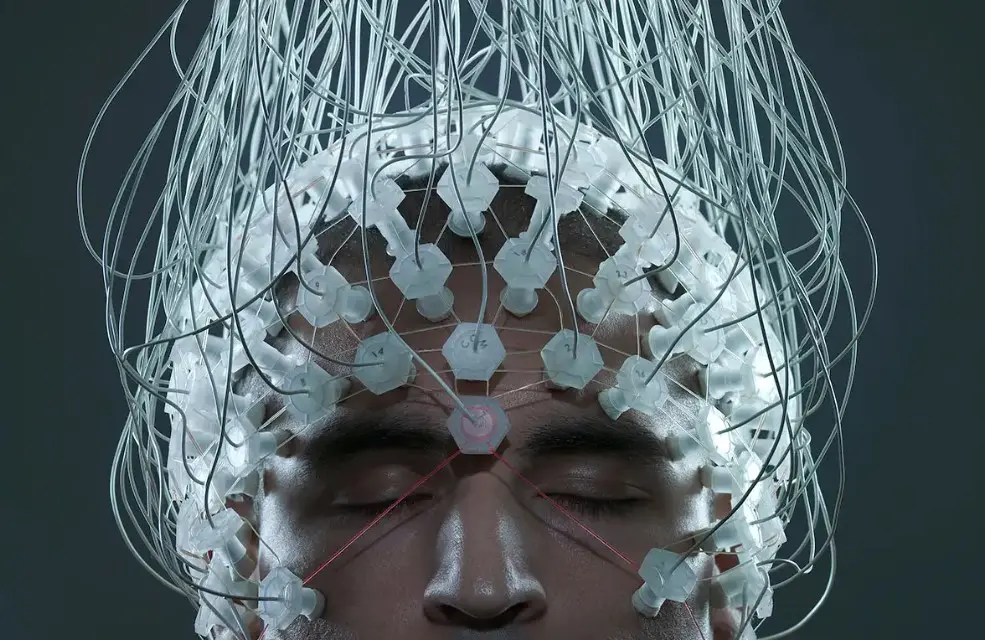In a world where technology is constantly evolving, the idea of machines reading our minds and playing personalized music seems like science fiction. However, with advancements in artificial intelligence (AI) and neural interfaces, this concept is closer to reality than ever before. Imagine a scenario where you could think of a song, and within moments, a device interprets your thoughts and plays it back to you. But can a machine truly read your mind and create music that resonates with your mood? Let’s dive deeper into this fascinating development.
The Science Behind Mind-Reading Technology
The foundation of mind-reading technology lies in the ability of devices to interpret neural signals. The brain operates through electrical impulses, and specific patterns are associated with different emotions, thoughts, and even actions. For decades, researchers have worked on decoding these signals. Electroencephalography (EEG), for instance, is used to measure brainwave activity and has been pivotal in understanding the brain’s responses to stimuli.
But how does this translate to music? With the integration of AI, machines are now able to interpret these neural patterns and connect them to specific musical preferences or moods. While it might sound futuristic, several tech companies are actively developing systems that can read neural activity and convert it into sound or music, offering a highly personalized auditory experience.
AI and Music: The Perfect Harmony
Artificial intelligence has revolutionized music creation, from composing original scores to matching playlists with your emotions. AI-driven platforms such as AIVA and Jukedeck already generate music based on user preferences, and they are becoming more sophisticated by the day. These AI systems analyze user input, learn from it, and create customized tunes. Now, imagine if the input was directly from your brain. This would allow machines to play music in real time, based purely on your mental state.
For those seeking advanced solutions in this space, finding text to music AI tools can open up new possibilities, making it easier to convert ideas into melodies. These tools simplify the process, but they’re just the beginning of what future innovations may hold.
Practical Applications of Thought-Controlled Music
The possibilities of using mind-reading AI for music are not limited to entertainment. Beyond creating playlists or tunes, this technology could have therapeutic applications. Music therapy has long been used to improve mental health, manage stress, and enhance mood. Now, with machines tuned to our brainwaves, personalized music therapy could become more effective. For instance, if you’re feeling anxious, the machine could detect this and immediately play soothing music to help calm you down.
In addition to therapeutic uses, this technology could benefit artists and music producers. Imagine an artist thinking of a melody, and instead of having to manually create it, a machine reads their thoughts and brings it to life instantly. This could drastically streamline the creative process, offering musicians a faster way to produce unique compositions.
Challenges and Future Prospects
Despite the excitement, there are challenges that need to be addressed. One of the major concerns is accuracy. Decoding brain signals is incredibly complex, and while machines can interpret some patterns, they are far from perfectly reading our minds. Current technology is also limited by the resolution of brain-computer interfaces (BCIs), which are necessary for capturing neural activity in detail.
Another challenge is privacy and ethical considerations. If machines can access our thoughts, how do we ensure that this data remains secure? Striking a balance between innovation and privacy will be crucial as this technology progresses.
As research in this field continues, the gap between mind and machine is likely to shrink. In the coming years, we may see devices capable of not only playing our favorite tunes but doing so based on our inner thoughts and emotions. The future of music, driven by AI, is set to be one where machines and minds work in harmony, creating experiences that are uniquely tailored to each individual.
Conclusion
While we may not be at the point where machines can fully read our minds, the developments in AI and neural interfaces show immense potential. From personalized playlists based on brainwaves to therapeutic music sessions tailored to our emotional states, the future of thought-controlled music is promising. It’s an exciting time for technology, and the idea of machines playing your tune, based on your mind’s whims, is not as far-fetched as it once seemed.
For those keen on exploring the current landscape of AI-driven music creation, tools that bridge text to music offer a glimpse into what’s possible. As we look ahead, one thing is clear: AI will continue to play a significant role in shaping the way we experience music.
Also Read-The Role Of Technology In The Evolution Of Communication
